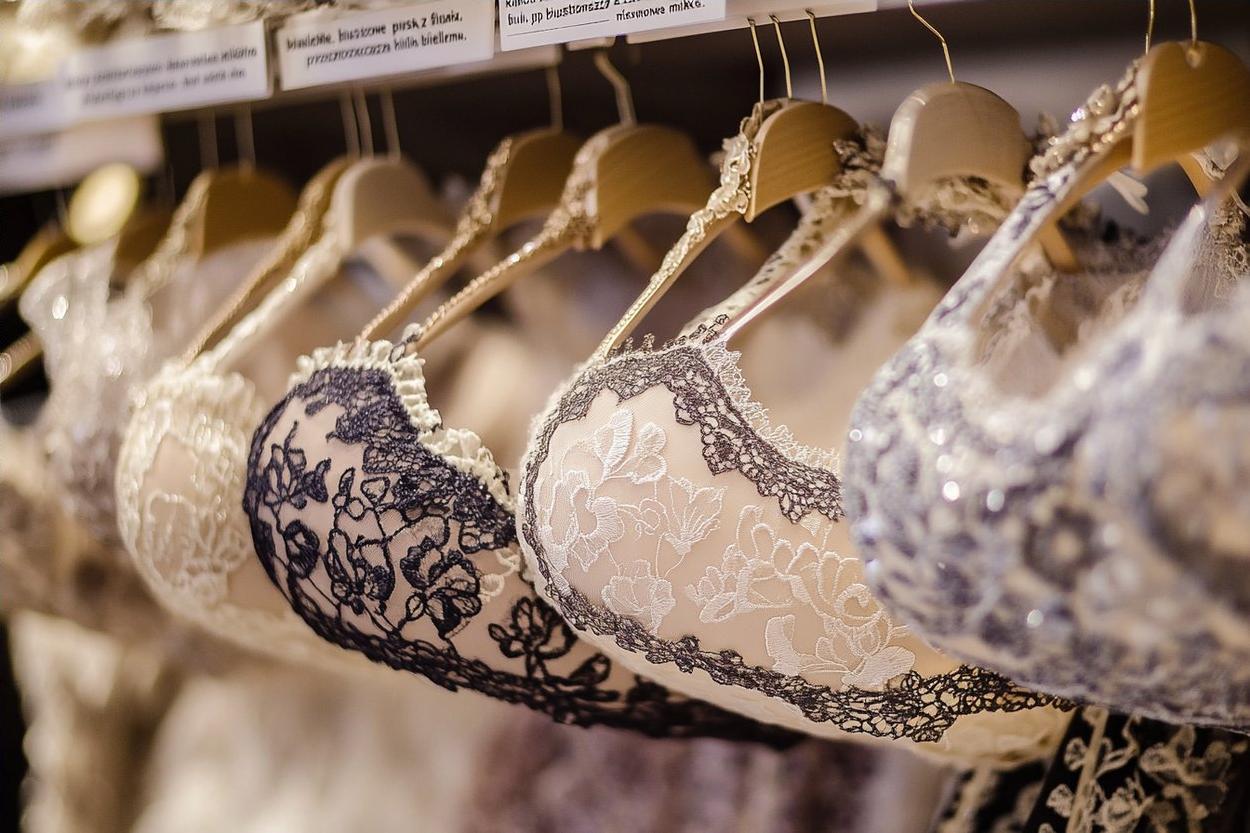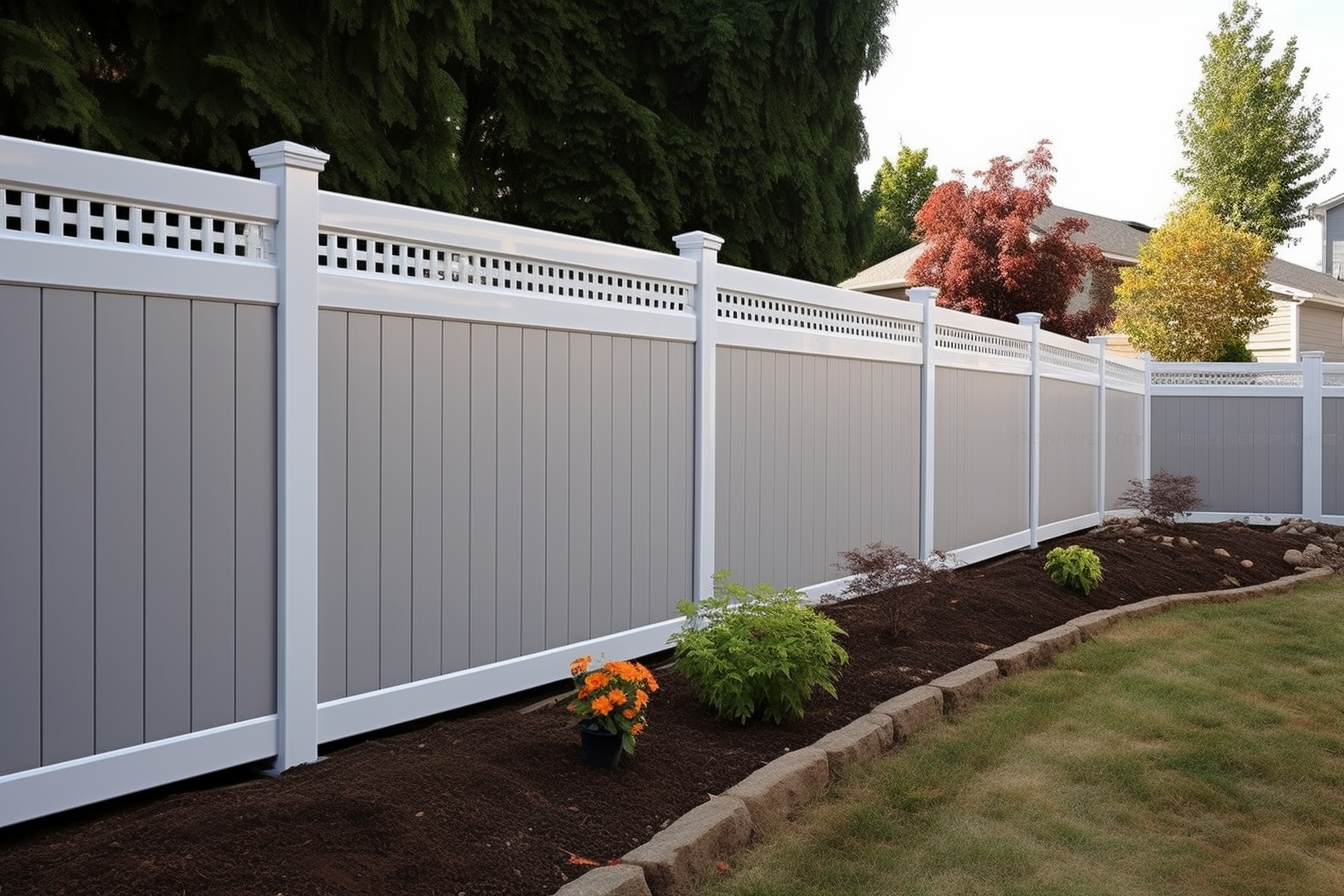2025 UK Bras & Lingerie Trends: A Practical Guide to Luxury, Seamless, Shapewear, Period-Proof and Inclusive Sizing
By 2025 intimate apparel in the UK combines fashion-forward aesthetics with performance-led function. This guide outlines the main trends affecting bras and lingerie—what luxury means now, why seamless and shapewear are back in everyday wardrobes, how period-proof options perform, and what meaningful size inclusivity looks like—so you can shop with confidence.

Luxury and designer-led lingerie: what qualifies as an investment piece in 2025
Luxury lingerie in 2025 prioritises craftsmanship, premium fabrics and occasion-driven styling. Silks, detailed lace, artisanal finishes and couture-style construction are positioned as investment items that enhance everyday basics rather than supplant them. Designer partnerships with high‑street retailers and celebrity lines continue to make aspirational design more widely available, while department stores and specialist boutiques remain key stockists.
Why it matters:
- Luxury pieces are frequently chosen for special events, visible dressing (lingerie-as-outerwear) and to elevate capsule wardrobes.
- Materials (silk, layered lace, hand‑finished trims) and construction techniques have a larger effect on fit, comfort and longevity than branding alone.
- Think about how a luxury item will be used across your wardrobe lifecycle—daily wear, occasional use, or layered for visible styling.
Seamless and invisible underwear: from niche to daily essential
Seamless, raw‑cut and bonded-edge underwear is now mainstream. Look for these features:
- Raw-cut or bonded edges to prevent visible panty lines under clingy fabrics.
- Smooth fabrics and modal/nylon blends that offer light compression without creating ridges.
- Minimal trims or thin elastic bands to reduce bulk beneath lightweight garments.
How to use this technology:
- Pick seamless styles for fitted dresses, T-shirt looks, leggings and any fabrics prone to VPL (visible panty lines).
- For smoothing under bodycon pieces, choose bonded slips or thin shaping shorts that distribute smoothing rather than concentrate pressure.
Shapewear resurgence: modern designs and inclusive approaches
Shapewear has returned with a focus on comfort, varied fits and everyday wearability. Contemporary shapewear ranges include:
- Multiple silhouettes: control shorts, slips, bodysuits, mid‑thigh shapers and targeted compression panels.
- Thoughtful construction with zones of differing tension for smoothing without causing discomfort.
- Wider size ranges and standard skin‑tone shade options in many newer collections.
Shopping note:
- Prioritise breathability, seam placement and whether the garment allows natural movement—these factors determine whether shapewear becomes a wardrobe staple or a one‑off item.
Period-proof underwear: performance, absorbency and practical choices
Period underwear has matured into a true performance category, with products rated by absorbency and intended use:
- Absorbency tiers: light/daytime, moderate/workday, heavy/overnight (including sleep shorts with the highest capacity).
- Silhouette choices: thongs, bikinis, briefs, boxer/sleep shorts—pick based on comfort and activity.
- Materials and care: constructions commonly use modal, cotton blends and moisture‑wicking layers; typical care is machine wash cold and air dry.
Who benefits:
- People looking for alternatives to single‑use products, those with heavy flows needing overnight protection, and parents or teens seeking accessible options.
- Period underwear may qualify for HSA/FSA purchase where local schemes apply—check local rules.
Sustainability: certifications and practical considerations
Sustainability remains an important filter for buyers. Evaluate:
- Certified claims: GOTS (organic textiles), B Corp status, recycled content certifications and transparent supply chains.
- Compostability: some plant‑based fibre underwear can be composted if non‑biodegradable trims (elastic, lace) are removed.
- Material options: recycled polyesters/nylons, plant‑derived modal from sustainably managed wood pulp, and organic cotton.
Practical advice:
- Trust verified certifications over marketing claims.
- Follow care instructions—sustainable fabrics often need gentler washing to extend their life and reduce environmental impact.
True size inclusivity: what “inclusive” means in practice
By 2025 inclusivity extends beyond a handful of larger sizes. Real inclusivity involves:
- Wide band and cup depth ranges (full cup depth) as well as extended garment sizes for briefs and bodysuits.
- Multiple skin‑tone shades to serve diverse consumers.
- Clear, detailed size charts, diverse models and fit notes for different breast shapes.
How to shop for fit:
- Measure band and cup separately and match to each brand’s chart; sizing varies significantly.
- Look for brands with dedicated fuller‑bust or extended‑size lines, and consider subscription or specialist retailers for harder‑to‑find sizes.
Fit and shopping tips for 2025 United Kingdom shoppers
Practical fit rules and tools are still essential:
- Style guidance: triangle or non‑wired styles suit smaller cup sizes for light support; padded bras add volume; unlined bras deliver a natural silhouette; balconette and high‑apex cups suit different shapes.
- Use online tools and consultations—many brands and retailers offer virtual fittings or measurement devices to capture accurate underband and cup dimensions.
- When trying new brands, consider purchasing 1–2 sizes or styles to test fit and allow for exchanges or returns.
Lingerie-as-outerwear and collaborations: expanding versatility
Cross‑category styling continues to shape underwear design:
- Bodysuits, slips and bralettes are commonly styled as tops or layering pieces.
- Designer/high‑street collaborations have widened accessible styling options, introducing decorative details, logos and fashion‑led silhouettes into mainstream wardrobes.
How to adapt:
- Choose multifunctional pieces—silk slips that double as evening tops or structured bralettes layered under blazers can raise value per wear.
- Check fabric weight and lining for comfort when worn as outerwear.
Retail and wholesale considerations for boutiques and stockists
Boutiques adding intimates should focus on:
- Suppliers with UK‑held stock and low minimum order quantities to keep inventory nimble.
- A balance of basics (seamless, modal) and higher‑margin shapewear or sustainable lines.
- Clear lead times and reliable replenishment for fast‑moving SKUs.
Note: supplier terms, wholesale pricing and minimum order quantities vary widely across suppliers and change over time—retailers are advised to contact suppliers directly for current commercial terms.
Practical takeaways
- Decide whether you need performance (shapewear, period underwear), luxury (silk, lace), sustainability, or full inclusivity—and prioritise features over brand hype.
- Use measurement tools and brand fit guides; sizing differs by label.
- For period underwear, match absorbency rating and silhouette to your flow and activity.
- When buying sustainable pieces, confirm certifications and follow care instructions to prolong lifespan.
Sources
- ELLE: “The Best Lingerie Brands To Know About Right Now” (ELLE UK, 2025)https://www.elle.com/uk/fashion/g37290936/best-lingerie-brands/
- Boutique Magazine: “Shape up your intimates offer with these standout underwear suppliers” (Boutique Magazine)https://boutique-magazine.co.uk/shape-up-your-intimates-offer-with-these-standout-underwear-suppliers/
- InStyle: “I Ditched Tampons for Period Underwear—Here Are the 8 Best Pairs” (InStyle)https://www.instyle.com/fashion/clothing/the-best-period-underwear
Disclaimer: This article discusses market trends, product categories and wholesale/retail considerations. Prices, wholesale terms, availability and promotional offers vary by region, dealer and current promotions; readers should verify details directly with local suppliers and retailers.




